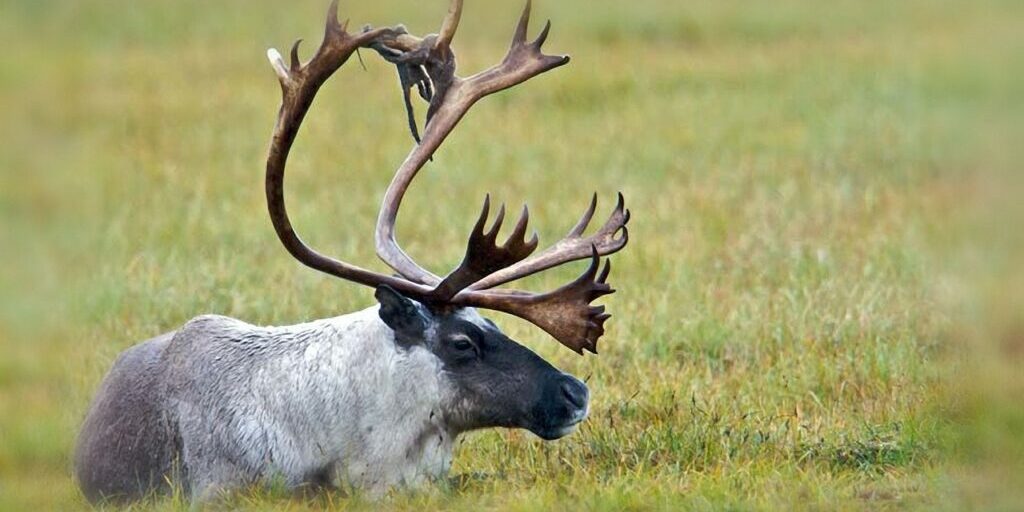In April, the Federal Subsistence Board closed Unit 23 to Caribou Hunting by non-subsistence hunters for the 2016-2017 hunting season. The Alaska Department of Fish & Game submitted Temporary Special Action W1603 this month as a request to re-open Unit 23 to all users. Consequently, three meetings, including one in Nome on July 20th, were scheduled to take public comment via phone and in person on this special action request.
As more people were joining the public meeting by phone, Suzanne Worker, a Wildlife Biologist with the Office of Subsistence Management, began by explaining why the State Department enacted this Special Action.
“The Alaska Department of Fish and Game believes the Board’s decision warrants reconsideration because there is new information relating to the status of the herd and because the Board didn’t adequately justify their decision or address the impacts of the closure, and, finally, because the Board did not follow management guidelines outlined in the management plan.”
The new information the State Department is citing specifically relates to the current status of the Western Arctic caribou herd. According to a press release on June 24th from the Department of Fish & Game’s website, when the population of this herd ranges between 200,000 and 265,000, then a “conservative” harvest is recommended.
The same press release then refers to a plan from the more than 16-year-old Western Arctic Caribou Working Group stating that “hunting restrictions,” like those currently put into place by the Federal Subsistence Board, “would not be considered until herd estimates fall between 130,000 and 200,000.” The updated herd estimate stands at 206,000 caribou, which is based on data indicating survival and reproduction rates.
During the Nome public comment meeting last week, Lem Butler, the Assistant Director for the Dept. of Fish & Game, referred to those rates and stated the decline of the herd has slowed.
Butler said, “we’re seeing the heaviest calf weights, we’re seeing very fat caribou when we capture caribou at Onion Portage, survival rates of adult females as well as calves are good, pregnancy rates are at an all-time high, second highest at least on record at 85%, so, from a biological perspective, this closure doesn’t really have an effect on future subsistence uses.”
What the closure will do, Butler says, is negatively impact subsistence uses by causing more user conflict, and Brandon Ahmasuk, the Subsistence Director for Kawerak in Nome, agrees with him. “It’ll force those people who are wanting to hunt those areas, but now can’t, out to other areas… Unit 22 (in Nome) already took a 5% hit in the production harvest,” said Ahmasuk.
Federal Subsistence Board employees Suzanne Worker and Karen Deatherage tried to accurately record comments throughout the Nome meeting to use as part of the analysis that will be sent to Board supervisors and will be considered before a decision regarding the Special Action is made.
This decision may not solve the larger issue, however, which Louis Green, Jr., Chairman of the Seward Peninsula Subsistence Regional Advisory Council, says is a lack of communication between the caribou related groups and agencies involved in the decision making process.
Charlie Lean, speaking for himself as a resident of Nome, conferred with Green’s observation.
“It would appear the Federal Subsistence Board was unaware of the Western Arctic Caribou Herd Working Group, or the management plan that has been considered for over 16 years; the very agencies that supported this effort are now finding themselves in disagreement on how to enact this rule.”
It is unclear as to when, or if, the Federal Subsistence Board will make a decision that contradicts the standing ruling regarding caribou hunting in Unit 23. According to Lem Butler, a complete survey and census of the herd population will be complete sometime this fall.







